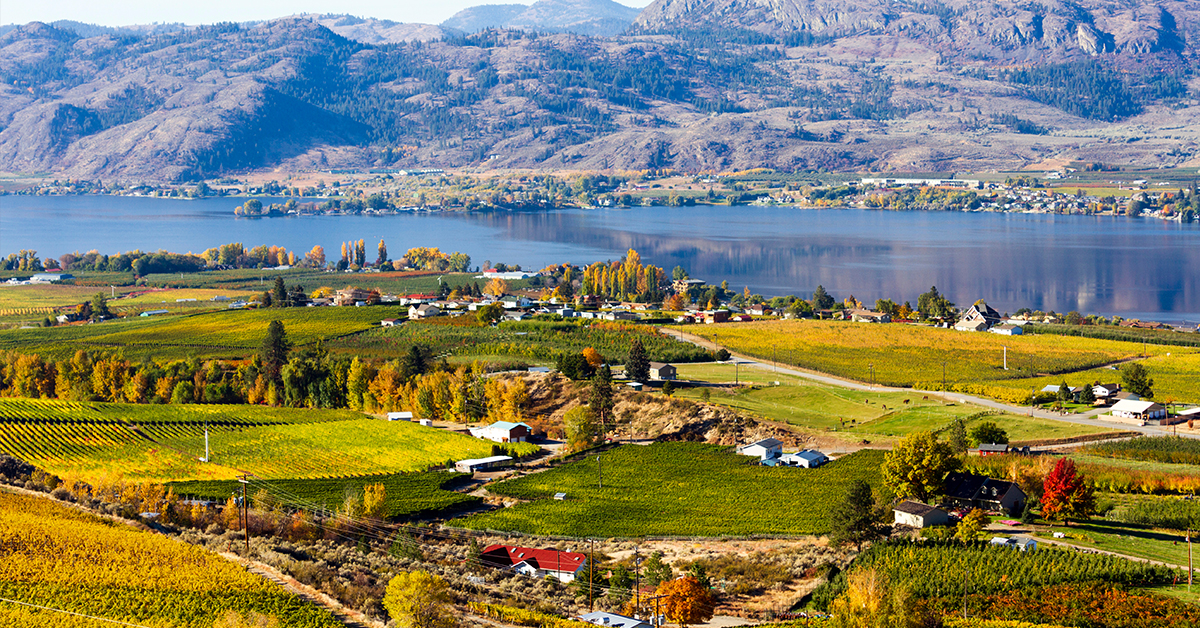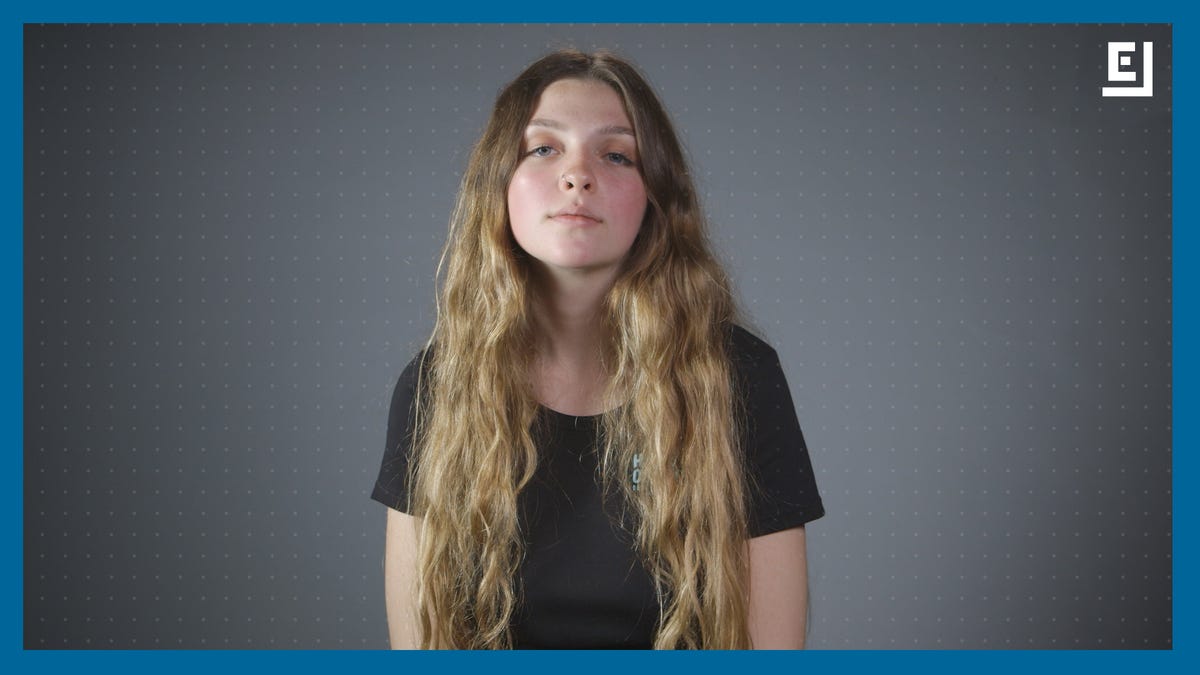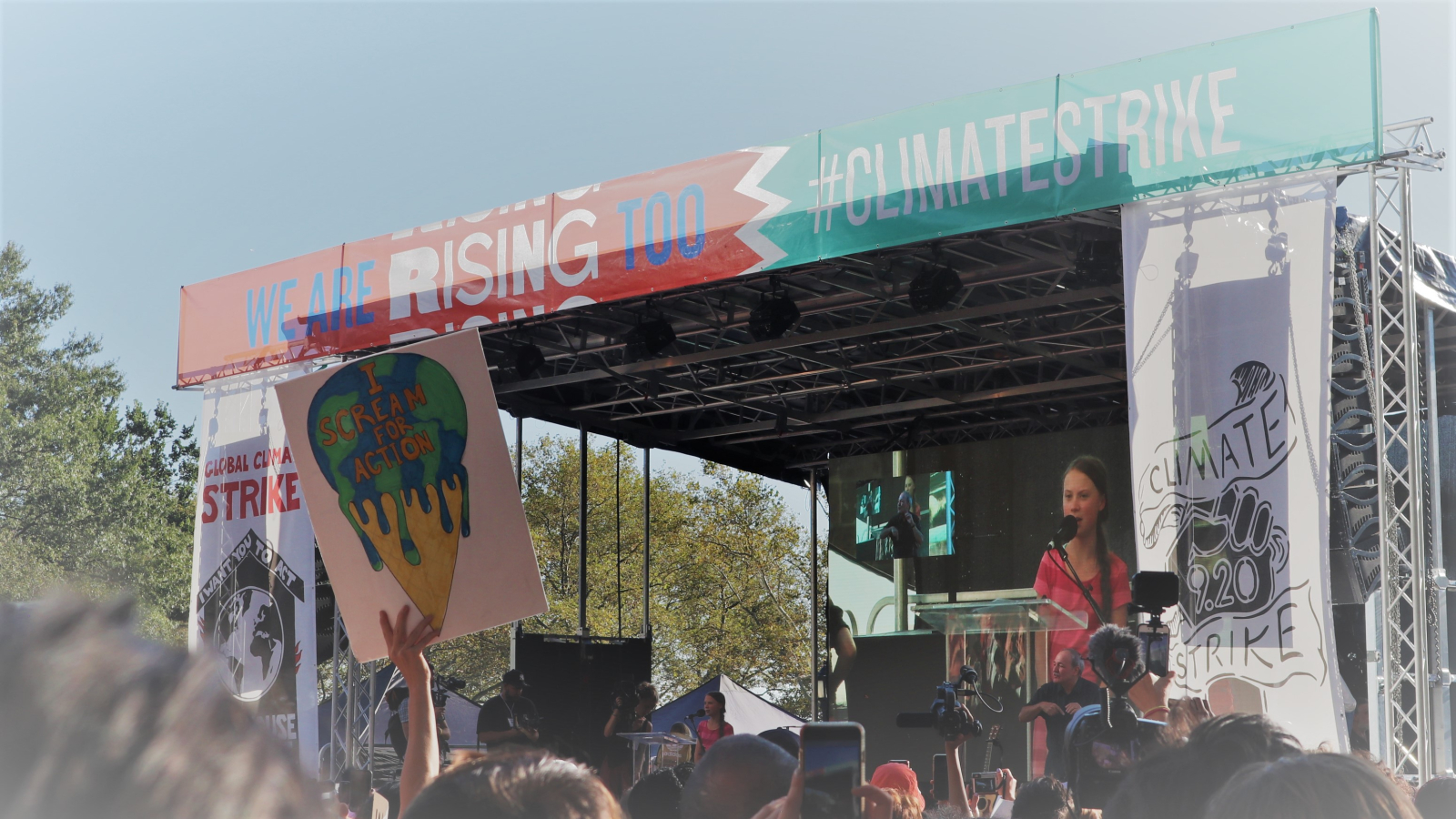
Photo: Shutterstock, by Nalidsa
pon taking power in 2015, Prime Minister Trudeau characterized Canada’s relationship with Indigenous peoples as of primary importance: “No relationship is more important to me and to Canada than the one with Indigenous Peoples. It is time for a renewed, nation-to-nation relationship with Indigenous Peoples, based on recognition of rights, respect, co-operation, and partnership.” As a token of this friendship, Trudeau promised an extensive review and reconfiguration of federal laws and policies that concern Indigenous peoples.
In 2018, Carolyn Bennett, the Minister of Crown-Indigenous Relations, initiated consultative rounds with experts for what would become the draft Recognition and Implementation of Indigenous Rights Framework (RIIRF) legislation. The stated intent was to provide a legislative framework to recognize and animate Indigenous rights. The experts consulted were highly critical of the assumptions and objectives of the legislative draft, and after a couple of redrafts the matter was consigned to the political closet of failed initiatives. The RIIRF initiative left many participants suspicious of the federal government’s intentions, its truthfulness and its competence. After all, given the gap between Indigenous aspirations, current law and the proposed recognition legislation, one had to assume either bad faith or stupidity in the conception of the initiative.
The RIIRF was deeply problematic because it functioned to limit rather than enable the exercise of existing Indigenous rights. Moreover, the draft did not measure up to the requirements set by Canadian constitutional law and was inconsistent with the United Nations Declaration on the Rights of Indigenous Peoples (UNDRIP). UNDRIP is the international gold standard for recognition of Indigenous rights. The Harper Conservatives were part of a cabal of four states resisting the 2007 adoption of the declaration by the UN, and once the declaration was passed, they continued their foot-dragging at home, maintaining Canada’s “objector” status. It wasn’t until 2016 that the Trudeau Liberals removed the objector designation, fully endorsing Canada’s adoption of the declaration. Now, Canada must attend to implementation — to making its policy and legislation consistent with UNDRIP.
The RIIRF framework does not refer to Indigenous nations as governments, instead describing them as legal entities likened to “natural persons,” a legal term with the potential for the corporatization of Aboriginal and treaty rights. Corporation models reframe Indigenous government so that Indigenous rights resemble those of corporations — whose duties are to shareholders rather than citizens — rather than being a distinct form of rights that arise from our prior existence on our territories (inherent rights) and from treaties. This model does not produce governments with constitutional status in a federal order. This provision was recycled from the failed federal 2002 First Nations Governance Act, which was rejected by most First Nations.
Governments of settler states have a most difficult time accepting responsibility for actions that violated the rights of Indigenous peoples, and in particular with acknowledging that the state itself is built on an expropriated base of Indigenous territories, sovereignties and resources. In Canada, reconciliation initiatives have been focused on a few high-profile historical errors, such as the residential school policy, the criminalization of Indigenous religious practices, the forced relocation of certain Inuit communities and the incarceration and state execution of Indigenous resistance leaders in the 1885 Metis and Indian resistance to colonial occupation of their lands. It has not been applied to the intergenerational consequences of these and related practices or to settler state positions and practices that continue colonialism today.
Moreover, reconciliation has not taken up the ideology, the structures and the processes that animated these and other fundamental human rights violations and that facilitate the contemporary continuance of those violations. In spite of the evident contradiction with its claims about the importance of the relationship with Indigenous peoples and the objective of reconciliation, the Trudeau government is hell-bent on continuing the Canadian tradition of appropriating Indigenous lands and resources and ignoring Indigenous dissent, including by ignoring the UNDRIP requirement for free, prior and informed consent over the use of unceded traditional Indigenous territories. Pipelines, anyone? MORE




/https://www.thestar.com/content/dam/thestar/politics/provincial/2019/09/26/ontario-to-lose-more-than-10000-teaching-positions-over-5-years-under-ford-government-changes-watchdog/ford.jpg)